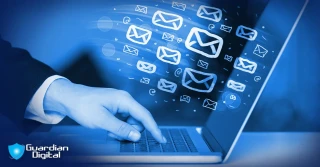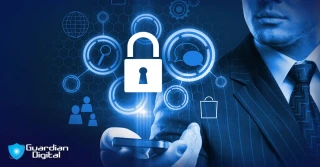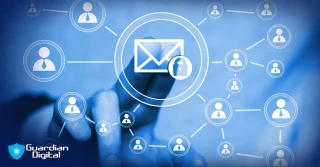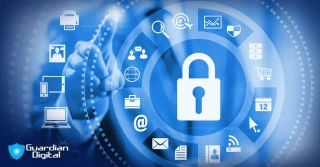Guardian Digital's Email Security Intelligence, Tips & Tricks & Blog - Page No: 14
We post our thoughts, insights, and leads here. Keep in touch by RSS feed, an email subscription, or just checking back here every so often.
- by Justice Levine
- by Justice Levine
- by Justice Levine
- by Justice Levine
- by Justice Levine
- by Justice Levine
- by Justice Levine
- by Justice Levine
- by Justice Levine
- by Justice Levine
Must Read Blog Posts
- Demystifying Phishing Attacks: How to Protect Yourself in 2025
- Must Read - How Phishing Emails Bypass Microsoft 365 Default Security
- Must Read - Shortcomings of Endpoint Security in Securing Business Email
- Must Read - What You Need to Know to Shield Your Business from Ransomware
- Must Read - Email Virus: Complete Guide to Email Viruses & Best Practices
- Must Read - Microsoft 365 Email Security Limitations You Should Know in 2025
Latest Blog Articles
- 8 Enterprise Email Security Best Practices to Prevent Cyberattacks
- Understanding the Importance of Data Security in HRIS
- The Hidden Risk: Leaked Employee Emails
- Giovanni Bechis' Bold Plans to Transform SpamAssassin
- Proven Ransomware Detection Techniques For Improved Security
- Boost Your Network Security with These Proven Techniques
- A Guide to Email Security: Training to Keep Your Team and Business Secure
- Enhancing Email Security: The Role of Unified Observability in Microsoft 365
- The Cloud Advantage: Boosting Your Business Email Security
- Mastering Multi-Factor Authentication (MFA): A Step-by-Step Guide for IT and Security Admins





